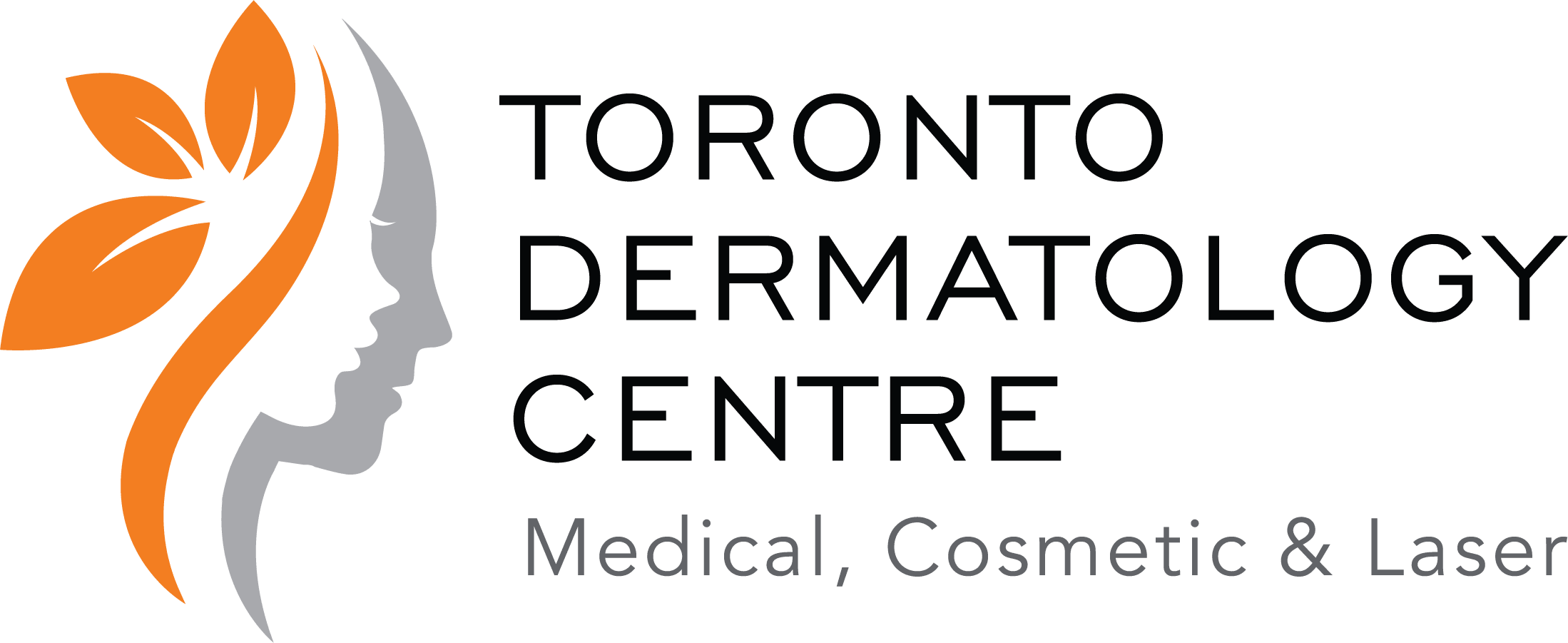Stretch marks, also known by its medical name “striae”, are fine lines that develop when deep tissue under the skin tears as a result of over-stretching (e.g. pregnancy or rapid weight gain), or from rapid growth (e.g. horizontal lines on the back during a teenage growth spurt). Stretch marks are common and are mainly a cosmetic concern for patients. Stretch marks often start out as red-purple (“striae rubra”) in colour, and eventually fade into a silver-white colour (“striae alba”) that makes them less noticeable. They are usually several centimetres long and 2-10mm wide.
Stretch marks can develop on the belly, hips and breasts of pregnant women, on the shoulders or around armpits of body builders, in overweight or obese people, and in adolescents during a growth spurt. They can also occasionally occur from prolonged use of oral or topical steroids, and in a medical condition called Cushing’s syndrome. Although they first appear as reddish or purple lines, they will tend to gradually fade to a lighter range. Stretch marks occur in the dermis, the resilient middle layer that helps the skin retain its shape. No stretch marks will form as long as there is support within the dermis. Stretching plays more of a role in where the marks occur and in what direction they run. Stretching alone is not the cause.
Stretch marks can appear anywhere on the body, but are most likely to appear in places where larger amounts of fat are stored. Most common places are the abdomen (especially near the navel), breasts, upper arms, underarms, back, thighs (both inner and outer), hips, and buttocks. They pose no health risk in and of themselves, and do not compromise the body’s ability to function normally and repair itself. A number of causes promote the appearance of stretch marks: one study of 324 women just after giving birth demonstrated that low maternal age, high body mass index, weight gain over 15 kg (33 pounds) and higher neonatal birth weight were independently associated with the occurrence of striae. Teenagers are at highest risk of developing severe striae. The glucocorticoid hormones responsible for the development of stretch marks affect the dermis by preventing the fibroblasts from forming collagen and elastin fibers, necessary to keep rapidly growing skin taut. This creates a lack of supportive material, as the skin is stretched and leads to dermal and epidermal tearing.
Skin subjected to more stretching force than it can handle will tear. Hormonal changes and genetics influence the skin’s capacity to withstand stretching forces, as do diet and (possibly) exercise. Striae gravidarum (pregnancy-related stretch marks) have been reported to occur in 50% to 90% of pregnancies, partly as a result of the normal hormonal changes of pregnancy and partly due to stretching of skin fibers. A systematic review has not found evidence that the creams and oils that have been studied for preventing or reducing stretch marks in pregnancy are effective.
Various treatments are available for the purpose of improving the appearance of existing stretch marks, including laser treatments, dermabrasion, and various creams (ideally containing retinol or tretinoin, vitamin A or C, onion extract, pycnogenol, coenzyme Q10 etc). A newer modality, fractional laser resurfacing, offers a novel approach to treating striae. Using scattered pulses of light, only a fraction of the scar is zapped by the laser over the course of several treatments and this creates microscopic wounds. The body responds to each treatment by producing new collagen and epithelium. In a 2007 clinical trial, 5-6 treatments resulted in striae improving by as much as 75%. A 2007 Brazilian clinical study showed that fractional laser resurfacing improved both texture and appearance of mature, white striae in skin types I-IV.
Newer still, the mode of Dermarollering or eDS (electro Dermarollering) has shown considerable improvement in the appearance of stretch marks. A series of 6 treatments treated approximately 6-8 weeks apart shows comparative results to that of the fractionated laser resurfacing, with less downtime associated. By creating an abundance of collagen in the treated area, the skin developed a more voluminous appearance. The striae will appear smoother and often thinner and of a more neutral colour.
Last, if colour is a concern, as treating new stretch marks is more effective than old ones, there is the option of either BBL (broadband light) or Laser Genesis. Both machines work on creating a certain amount of collagen, perhaps not to the extent of the two previously mentioned modalities, but are more effective in reducing red or purple in the stretch mark. If prevention is not an option, it is best to seek the advice of a professional. Choosing a well reputed clinic that has experience with stretch marks is the best way to start. Go for a consult and see what options are available to you.
At Toronto Dermatology Centre we have successfully treated stretch marks on different parts of the body. While it is not possible to completely get rid of them, we are confident that with our help, you will see a visible reduction in the appearance of stretch marks. Come in to see what we can do for you!
~ Sheri Roselle, Medical Esthetician at Toronto Dermatology Centre

